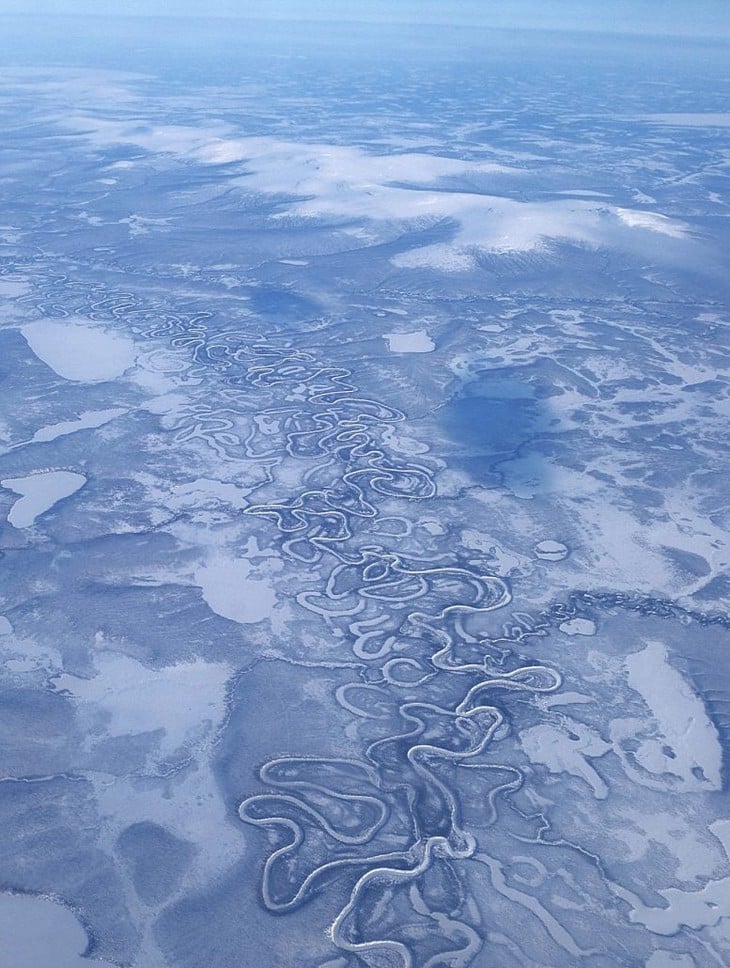
Ancient carbon that was thought to be "sealed" has now returned to the atmosphere, not only surprising the scientific community, but also opening up a completely new perspective on the global carbon cycle, the foundation for helping humans understand and control climate change - Photo: University of Bristol
In a global study led by the University of Bristol (UK) and published in the journal Nature , scientists have confirmed that a significant portion of CO₂ released from river surfaces is not actually from fallen leaves or modern plant waste, but comes from ancient carbon stores deep in soil and rock.
Half of emissions come from ancient carbon
"The results were truly astonishing. Previously, we thought that ancient carbon was 'locked' in the ground for thousands of years. But now it's clear that a huge amount of ancient carbon is quietly returning to the atmosphere, much more than the models predicted," said Dr Josh Dean, a biogeochemist at the University of Bristol and lead author of the study.
The prevailing theory is that rivers act as carbon “transfer stations,” transporting greenhouse gases from decaying modern plants. But the team collected data from more than 700 river sections in 26 countries, measuring and analyzing the carbon-14 content to determine the “age” of the carbon.
The results showed that about 60% of the CO₂ and methane released from the river was ancient carbon, meaning it had been in the ground for hundreds of millions of years. The rest was “young” carbon, derived from vegetation that had decomposed within the last few decades.
"We have clearly established that half of the emissions come from ancient carbon, particularly carbon in deep soils and from the weathering of ancient rocks," said Professor Bob Hilton (University of Oxford), co-author of the study.
"Trees are having to work harder than ever"
Are these emissions a concern? Yes. Very concerning.
Dr Gemma Coxon, a hydrologist at the University of Bristol, said: "Global rivers emit about 2 gigatonnes of carbon a year. Compared to human emissions (10-15 gigatonnes/year), this seems small. But the important thing is that most of that comes from carbon stores that we have long believed to be stable, not emitting."
This means that current climate models may be underestimating the true role and impact of rivers on atmospheric CO₂.
One positive point in this study, however, is that plants and surface soils may be absorbing about 1 gigaton of CO₂ extra each year to compensate for the ancient carbon that is quietly leaking from deep soils and ancient rocks.
“We don’t yet know how human activities, such as land clearing, damming or deforestation, are affecting this ancient carbon flow. But it’s clear that trees and soils are working harder than ever to keep the climate system stable,” said Dr Josh Dean.
This finding further reinforces the importance of protecting forests, soils and natural vegetation, as the “last line of defence” that helps retain significant amounts of carbon, preventing it from being released into the atmosphere.
The research is just the beginning. Scientists plan to continue surveying more rivers in undocumented areas and study whether this ancient carbon flow is changing over time, especially as the Earth warms and permafrost gradually melts.
The discovery that ancient carbon is "reviving" and escaping into the atmosphere could become one of the key factors helping us better understand climate change, something that seems so familiar but turns out to still have many unsolved mysteries.
And that reminds us once again: every river, every forest, every handful of soil... is part of the fight against climate change across the planet.
Source: https://tuoitre.vn/phat-hien-carbon-co-dai-dang-song-day-ro-ri-vao-khi-quyen-20250807211343962.htm


![[Photo] Bustling Mid-Autumn Festival at the Museum of Ethnology](https://vphoto.vietnam.vn/thumb/1200x675/vietnam/resource/IMAGE/2025/10/4/da8d5927734d4ca58e3eced14bc435a3)
![[Photo] Solemn opening of the 8th Congress of the Central Public Security Party Committee, term 2025-2030](https://vphoto.vietnam.vn/thumb/1200x675/vietnam/resource/IMAGE/2025/10/4/f3b00fb779f44979809441a4dac5c7df)


![[Photo] General Secretary To Lam attends the 8th Congress of the Central Public Security Party Committee](https://vphoto.vietnam.vn/thumb/1200x675/vietnam/resource/IMAGE/2025/10/4/79fadf490f674dc483794f2d955f6045)

















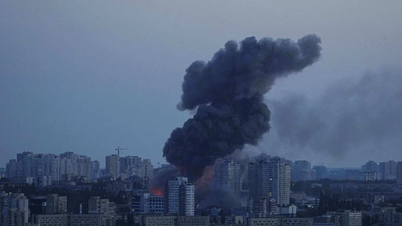
![[INFOGRAPHIC] Ricoh GR IV "Street Warrior" returns](https://vphoto.vietnam.vn/thumb/402x226/vietnam/resource/IMAGE/2025/10/4/253d8aa5753b4d9598a544448f716b47)





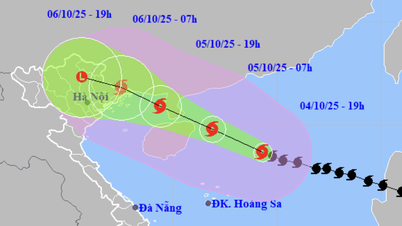

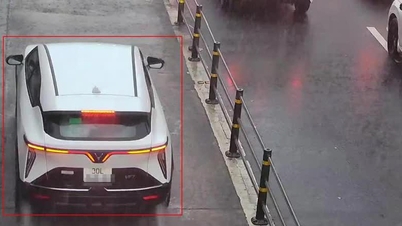


























![[VIDEO] Summary of Petrovietnam's 50th Anniversary Ceremony](https://vphoto.vietnam.vn/thumb/402x226/vietnam/resource/IMAGE/2025/10/4/abe133bdb8114793a16d4fe3e5bd0f12)

![[VIDEO] GENERAL SECRETARY TO LAM AWARDS PETROVIETNAM 8 GOLDEN WORDS: "PIONEER - EXCELLENT - SUSTAINABLE - GLOBAL"](https://vphoto.vietnam.vn/thumb/402x226/vietnam/resource/IMAGE/2025/7/23/c2fdb48863e846cfa9fb8e6ea9cf44e7)















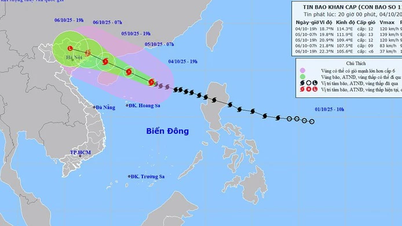
















Comment (0)